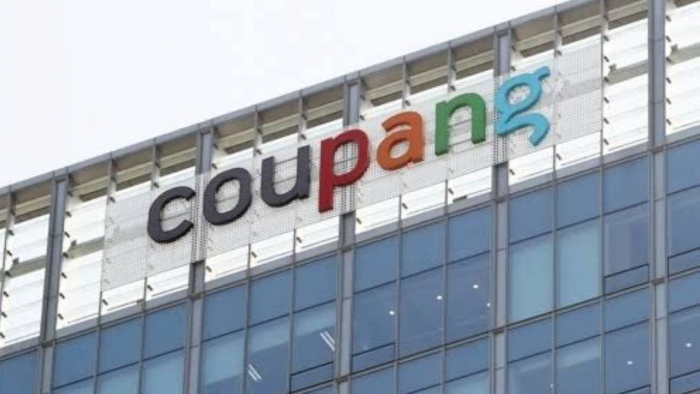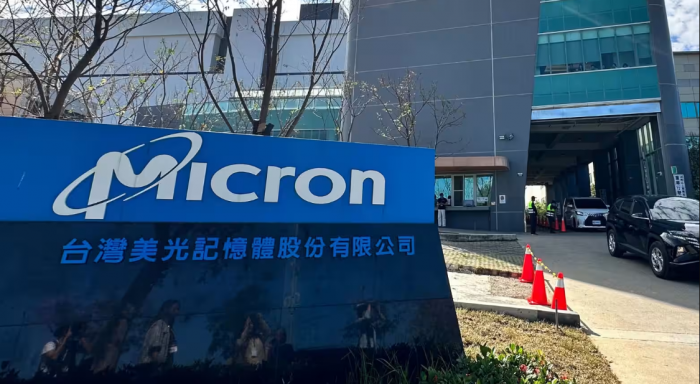The way people work has changed. Offices are now less about walls and more about connections — digital ones. In this fast-paced environment, team communication apps and project management apps are not just helpful; they are essential. Teams scattered across cities, countries, even continents, must stay aligned, share updates, and make decisions fast. Without the right tools, confusion grows, deadlines slip, and productivity drops. But with the right collaboration tools for teams, things start to flow differently — efficiently, transparently, and securely.
According to a 2024 study by Statista, more than 78% of remote employees said digital collaboration tools significantly improved their productivity. That’s not a small number; that’s proof that technology, when used wisely, becomes an invisible bridge connecting ideas and people.
Communication That Keeps Everyone in the Loop
Imagine a remote team working on a product launch. One designer is in Berlin, the marketing manager is in Toronto, and the project lead is somewhere in Singapore. How do they communicate effectively without endless email threads? The answer lies in team communication apps.
Apps like Slack, Microsoft Teams, or even the lesser-known but powerful FAX from iPhone, allow employees to send messages, share files, and hold virtual meetings in seconds. FAX from iPhone, for example, combines secure file transmission with mobile accessibility — allowing users to send important project documents directly from their device, anytime, anywhere. The Fax app offers fast, paperless, and surprisingly efficient for teams that still rely on document-based workflows.
A centralized communication platform keeps conversations organized. No more scrolling through hundreds of emails to find one attachment. With tools like these, everything is searchable, taggable, and easy to retrieve. The result? Improved team productivity and reduced stress.
Managing Projects Without the Chaos

Now, communication is one part of the puzzle. The other is execution — keeping projects on track, on time, and within scope. That’s where project management apps like Asana, Trello, or ClickUp come in. These tools allow managers to assign tasks, set priorities, and visualize workflows using boards, lists, and timelines.
Through task management efficiency, everyone knows what to do next. Whether it’s setting deadlines, tracking progress, or analyzing completed work, these platforms make project tracking visible to all members. A shared dashboard means that even new members joining mid-project can instantly understand where things stand.
According to HubSpot research, teams that use project management software are 25% more likely to meet deadlines than those that don’t. That statistic underlines a simple truth — clarity breeds productivity.
Enhancing Remote Collaboration and Engagement
When people work remotely, engagement becomes fragile. There’s no office chatter, no quick coffee breaks, no spontaneous brainstorming sessions. Digital collaboration platforms help fill this gap. Many of them now include built-in video conferencing, instant messaging, file-sharing, and even virtual team-building games.
These features don’t just connect employees; they create shared experiences. A report from Gartner revealed that companies using digital collaboration platforms saw a 20% boost in employee satisfaction and retention. The reason? People feel more included, heard, and involved.
To enhance remote collaboration, businesses need more than tools — they need habits. Daily check-ins, clear communication channels, and transparent feedback cycles all help teams stay united, regardless of time zones.
Streamlining Workflows Through Integration
Efficiency comes from connection — not just among people, but among tools. The modern workplace uses multiple applications at once. An email client, a project board, a chat app, a file storage system. Integration between these tools streamlines project workflows and reduces repetitive tasks.
For example, integrating Slack with Trello means you can turn a message into a task instantly. Connecting Google Drive with ClickUp lets you attach files without leaving the dashboard. Automation tools further reduce time spent on manual processes, like updating task statuses or reminding members about deadlines. The entire workflow becomes smoother, more predictable, and easier to manage.
Secure Team Communication: The Invisible Foundation
Every message, every file, every shared idea — all of it moves through the digital space. Security cannot be an afterthought. Secure team communication is vital, especially when dealing with sensitive client data, internal strategies, or financial details.
Apps that use end-to-end encryption protect conversations from interception. FAX from iPhone, for instance, uses encrypted transfer protocols to keep transmitted files safe from unauthorized access. This matters because a single data leak can undo months of effort and damage trust.
For remote teams handling confidential work, choosing tools with strong encryption and access management features isn’t optional — it’s survival.
The Bigger Picture: Efficiency Through Connection
When teams use team coordination tools and project tracking solutions, collaboration stops being a challenge and becomes a natural rhythm. Messages flow, tasks progress, projects complete — all without chaos. Add security layers like VPNs, and you get a modern digital workspace that is both efficient and protected.
The ultimate goal isn’t just to manage projects online but to build a connected, secure, and motivated workforce. From sending files securely with FAX from iPhone to encrypting trading data with VeePN, the same principle applies: technology should make life simpler, safer, and more productive.
In today’s workplace, collaboration isn’t about being in the same room. It’s about being on the same page — and with the right collaboration tools for teams, that’s easier than ever.
Post Comment
Be the first to post comment!





